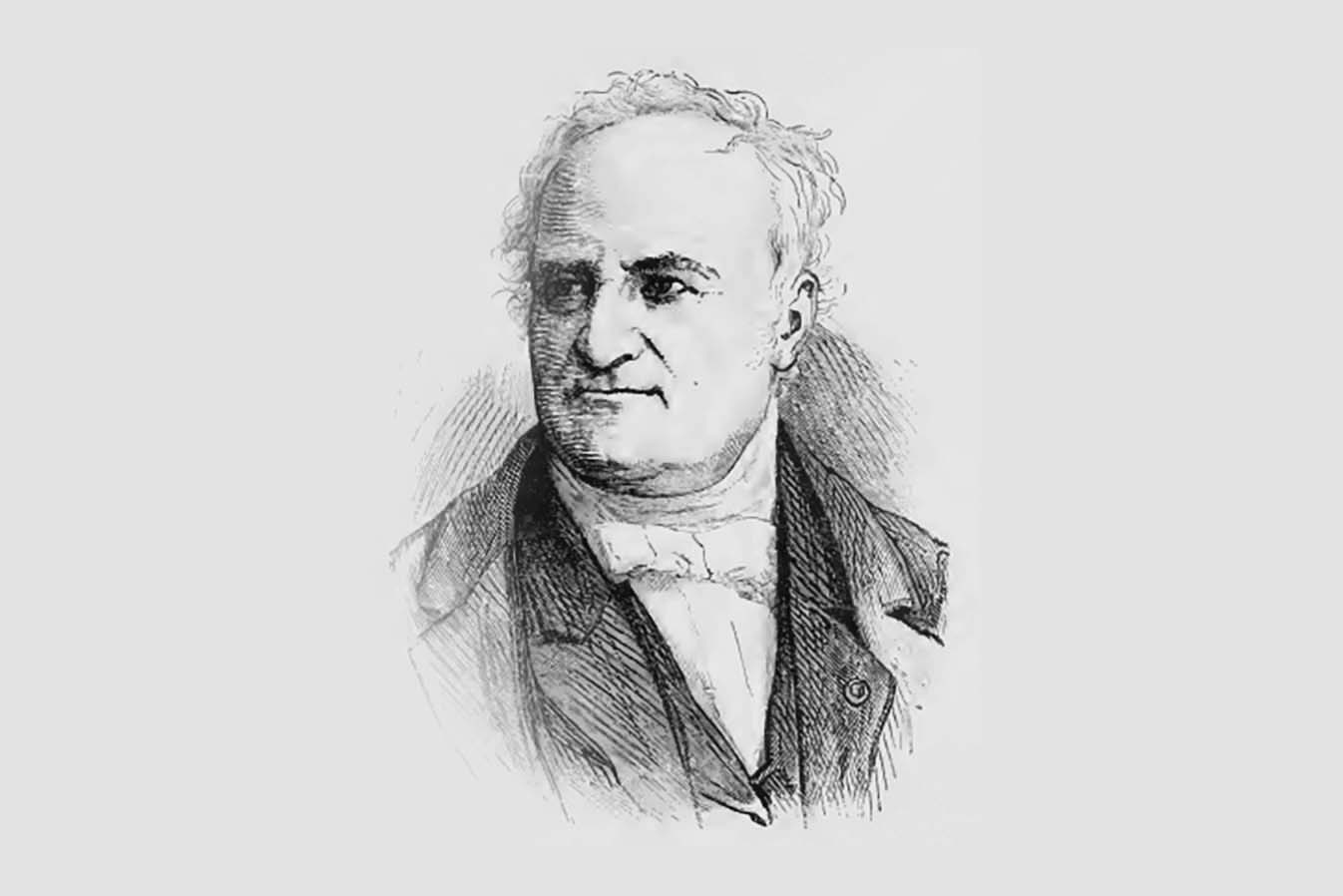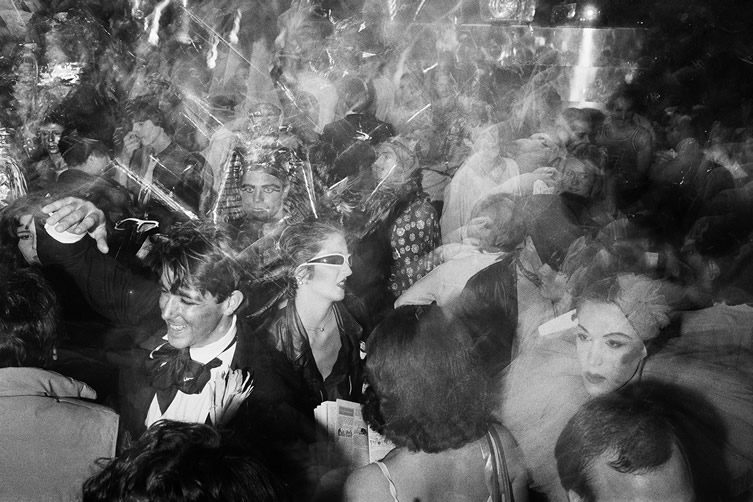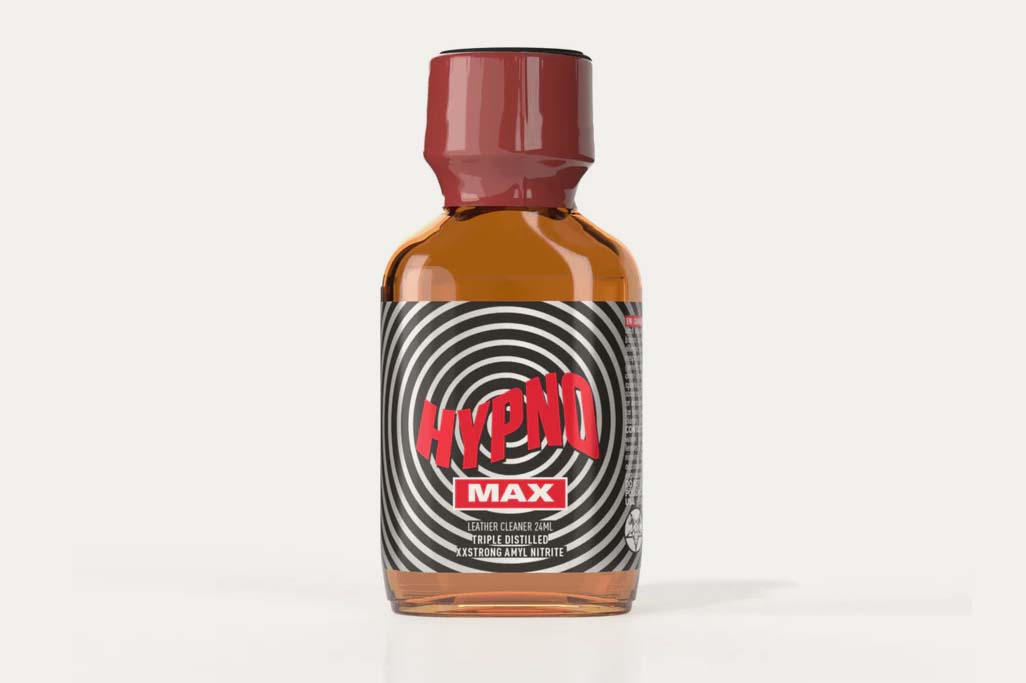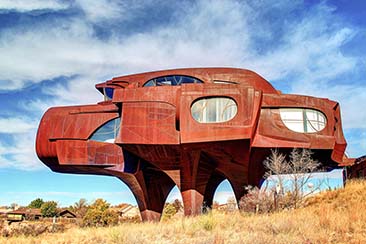| Author | Reviewed by ✅ |
|---|---|
| Amelie Jones Senior Staff Writer, We Heart Amelie Jones is a senior staff writer for We Heart, and has been delivering stories since 2016. Her work spans an impressive range; from luxurious hotels and cutting-edge design exhibitions to the latest shops, product launches, and fashion trends. Beyond her editorial expertise, Amelie is passionate about health and wellness, family lifestyle, and home improvements, bringing a well-rounded perspective to all she writes. | Lisa Davidson Co-owner and co-Editor in Chief, We Heart Lisa Davidson is the co-owner and co-Editor in Chief of We Heart. With a passion for exploring the world and discovering new culinary experiences, Lisa combines her love for adventure with a keen eye for design and culture. Her leadership at We Heart has helped shape it into a go-to source for readers seeking inspiration on modern living. Through her work, Lisa shares her enthusiasm for the finer things in life, offering a fresh perspective on how to live well and travel better. |
| 1 |
|---|
| Editorial Note: This post contains affiliate links. While We Heart may earn a commission from selected partner links on the website, this does not affect our editors' opinions or evaluations. All posts are reviewed by editors prior to publication to ensure quality and integrity. |
Poppers are entering their second renaissance period. They’re as popular as ever. Seemingly every couple of weeks another company pops up trying to innovate with their own spin on those little brown bottles. While we’re getting new formulas regularly now, the first instance of popper use is almost two hundred years old now. So, with so much going on, let’s take a look at that history, where poppers came from, why we even call them poppers if they don’t ‘pop’, and what the difference is between all the bottles on today’s store shelves!

French chemist Antoine Jérôme.
Discovery
While modern poppers come in a variety of different forms, the original formula, amyl nitrite, is still arguably the most popular. In the history books, French chemist Antoine Jérôme is remembered for his discovery and work on the element Bromine. For the queers though, his legacy lies solidly in the discovery of amyl nitrite back in 1844. Unfortunately for the queers, discovering amyl nitrite was all Jérôme really did with the chemical, who became far more preoccupied with his work on Bromine.
Amyl nitrite would mostly be left alone and forgotten about for over 20 years until Thomas Burton, a Scottish physician took an interest in the substance. It was known at this point that amyl nitrite could dilate arteries. Brunton proposed that by opening up the arteries with amyl nitrite, he could treat angina; a form of chest pain caused by not enough blood flowing to heart muscle.
Burton tested his idea on his patients and his hypothesis was a success! Patients claimed the vapours they inhaled relieved them from their pain. Burton went on to publish his findings and amyl nitrite as a medicine for angina took off, being produced at mass.
This is actually where the colloquial name for poppers comes from. Patients weren’t given poppers in a brown bottle like you might expect given how they’re used today. No, instead they used a far more over-the-top method that seems almost fancy by today’s standards. Poppers were packaged in what was described as ‘sealed glass pearls’.
When a patient felt chest pain coming on, they would grab a pearl of poppers, drape a hanky over it, and crush the glass with their hand. This action would create a characteristic pop noise and the patient would inhale the resulting amyl nitrite through the fabric. Fun, huh?

To the dancefloor
Amyl nitrite was the substance of choice to treat angina for almost 100 years, but by the time the 1960s rolled around, nitroglycerine replaced amyl in the doctors’ tool kit. This led to a glaringly large problem for amyl manufacturers. They’d been producing this substance en masse for years, and suddenly lost their biggest buyer.
Luckily for capitalism, around the same time this happened, gay men had started using amyl nitrite both on the dancefloor and in the bedroom. Turns out, the muscle relaxant properties that made amyl nitrite so good for treating chest pain, also relaxed other muscles involved in anal sex. Poppers quickly became a staple within gay clubs, while popper brands that would withstand the test of time to become legacy brands, such as Rush Poppers, entered the scene for the very first time.
How amyl nitrite actually made the jump from medicine to club favourite is lost to time, I’m afraid. But there are some fun, albeit unconfirmed, stories as to how. One common theory is that students studying medicine who would have been around amyl nitrite around the 1960s started using it for more than just treating their patients. So we may have some rebellious medical students to thank for our poppers habits today.

What actually are modern poppers
For most of their history, poppers have just been amyl nitrite. But sex is nothing if not a driving force for innovation and change. As such, poppers have sprouted a number of different iterations and formulas, all offering their own take on the classic formula. Let’s take a moment to break these down.
Starting with amyl poppers, these are OG poppers that haven’t really changed much since the ’70s. They’re characterised as one of the stronger types of poppers out on the shelves and have regained their popularity in the last few years. You’ll find amyl poppers are unique in their slow build up that increases in strength over time. Generally you’ll find Amyl is bottle of choice for those using particularly big toys and fantasy dildos.
While amyl poppers may still be hard to find in certain stores, pentyl poppers are extremely common. With a strength comparable to amyl nitrite, pentyl poppers get to work a lot quicker, hitting you hard and fast. The trade off? Their impact is also considerably shorter than amyl. This isn’t necessarily a bad thing mind you, it’s purely a personal preference.
On a strength scale, propyl poppers sit right at the bottom, making them the ideal recommendation for those of you wanting to try poppers for the first time. Their strength isn’t the only reason propyl poppers are recommended though. Similar to the aforementioned pentyl poppers, they tend to hit fast and wear off fast. This gives the user far more control over their use of poppers and the situation as a whole, ensuring they’re only taking as much as they’re both capable of and comfortable with.
Rapid fire popper Q&A
How long will a bottle of poppers last – If stored correctly, once opened you can generally expect your bottle of poppers to last anywhere between 1-3 months. Watch out for any changes in smell or potency, that’s when you’ll know your poppers are beginning to go off.
How do I store my poppers – Heat, light and exposure to oxygen will all speed up your poppers going off. Store them somewhere cool away from direct sunlight, and make sure the lids are replaced tightly in between uses.
Should I keep my poppers in the fridge – Now this one is a big point of contention among popper users. While storing your poppers somewhere cold will keep them fresher for longer, the constant temperature fluctuations of taking them in and out of the fridge will actually make your poppers lose potency. So it really does come down to a question of how frequently you use your poppers. Infrequently? The fridge. Regularly? A cupboard will do you just fine.
How do I make my poppers stronger – Cold poppers are less effective. If you’ve been storing your poppers in the fridge, warm them up in your hands to room temperature. If you’re wanting even more bang for your buck, some companies create popper attachments that you screw onto the top of your bottle to concentrate the effect of each hit.
Hopefully that answers a good chunk of any questions you’ve ever had about poppers. Poppers, like most things in life, are subjective to personal taste. With so many bottles and formulas out there, there’s no ‘best choice’. Play around, find out what works for you.








